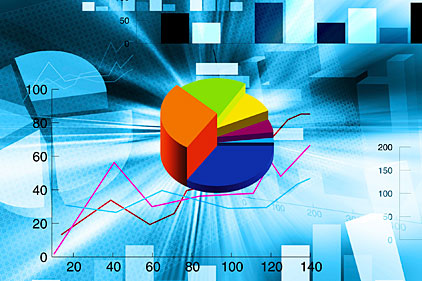Smart Coatings Market Set to Reach $ 5.8 Billion by 2020

GLEN ALLEN, VA - NanoMarkets has released a new report titled Smart Coatings Markets 2015-2022. The report predicts that the smart coatings market will grow from around $610 million in 2015 to $5.8 billion in 2020.
The report analyzes the markets for smart coatings in key sectors of the economy including construction, energy, automotive, healthcare, consumer electronics, textiles and the military. Coverage includes relatively mature smart coatings (e.g., self-cleaning coatings), along with latest materials such as smart multi-layer coatings.
The report also provides detailed eight-year forecasts in both volume (square meters) and value ($ millions) terms, and for each end-user sector the report includes separate forecasts for all the main classes of smart coatings as well as for the underlying oxides, polymers, etc., from which they are fabricated.
Self-healing, self-assembling and self-cleaning coatings are about to reach lifetimes and performance levels never seen before. As a result, the next generation of these materials will serve much larger markets. NanoMarkets sees the market for self-healing coatings reaching $530 million by 2020.
NanoMarkets is also seeing important research and development programs in the smart coatings space coming to fruition that will lead to new smart coatings products and product classes. Particularly interesting are multilayer coatings, which the research firm sees as the simplest way to develop coatings that are multifunctional. In the future, a smart coating might provide photovoltaic energy generation with inherent self-repair and self-cleaning capabilities.
NanoMarkets believes that the commercial potential for smart coatings in the electronics sector has grown in the past year because of the Internet of Things. A smart coating that is also a sensor would likely be a more cost-effective way to create a wide-area sensing panel than a large array of sensing devices. Revenues from sales of smart coatings into the electronics sector is expected to reach $225 million in 2020.
Conversely, NanoMarkets is now less optimistic than it was a year ago about the prospects for smart coatings in the energy and green building sectors, as the result of declining oil prices. In this new environment, smart coatings firms will have to tell different marketing stories such as repositioning self-dimming coatings for windows so that they become about aesthetics and mood lighting, not energy saving.
Companies covered in the report include: 3M, AK Coatings, AkzoNobel, AnCatt, Apple, Autonomic Materials, Axalta, BASF, BioSuma, BigSky Technologies, Cardinal Glass, CHT Group, Clariant, Corning, Debiotech, Dow Chemical, Dow Corning, DSM, Dunmore, Duco, DuPont, GE, Gentex, Hempel, Hypho Technology, Industrial Nanotech, IngeniaTouch, Jotun, Lonza Industrial Solutions, Lubrizol, Microtek Laboratories, nanoShell, Nanovations, Nano Lab, nGimat, NSG, P2i, Pilkington, Pleotint, PPG, Research Frontiers, Ross Technology, Sage Electrochromics, Saint-Gobain, SeePoint Technology, Seagate, Senseg, Silco Tek, Sherwin-Williams, Specialty Coating Systems, SRI, Svaya, SWITCH Materials, Tesla Nanocoatings, Toyota and Valspar.
For additional information about the report, visit http://nanomarkets.net/market_reports/report/smart-coatings-markets-2015-2022.
Looking for a reprint of this article?
From high-res PDFs to custom plaques, order your copy today!






